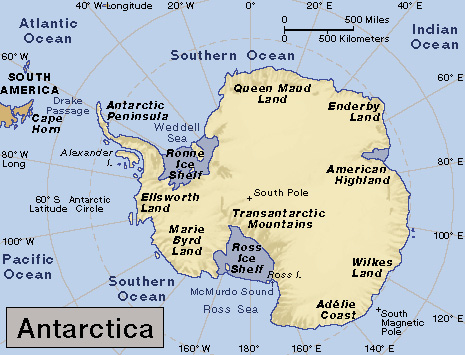Siple << SY pul >> , Paul Allman (1908-1968), was an American explorer and geographer who took part in six expeditions to Antarctica . Siple’s contributions to science include the development of the wind chill index, and research and development regarding human adaptation to different climates. Wind chill is a measure of how cold air cools the human body when the wind blows. Siple also added to general geographical knowledge of the Arctic and Antarctic regions. The Siple Coast and Siple Island in the Antarctic are named in his honor.

Siple was born on Dec. 18, 1908, in Montpelier, Ohio. In 1928, he was chosen from among many thousands of Eagle Scouts, members of the Boy Scouts of America, to accompany the American explorer Richard E. Byrd on his first expedition to Antarctica. The expedition began in 1928 and ended in 1930. On this trip, Siple was responsible for the expedition’s sled dogs and some other general tasks. He was the youngest person on the expedition. After returning to the United States, Siple completed a B.S. degree at Allegheny College, in Pennsylvania, in 1932. His studies included biology and geology .
Siple joined Byrd’s second expedition to Antarctica, from 1933 to 1935. He served as chief biologist, collecting plant and animal specimens, and directed the construction of an inland weather station. He also led a team to explore Marie Byrd Land, an area east of the Ross Ice Shelf, by sled. In 1936, Siple became a graduate student at Clark University in Massachusetts. He received a Ph.D. degree in geography in 1939.
Siple and Byrd made their third journey to Antarctica from 1939 to 1941, as part of the U.S. Antarctic Service Expedition. Siple served as chief supply officer and built and led a new scientific base named Little America III on the Ross Ice Shelf. On this trip, he also helped develop the wind chill index with Charles Passel, a fellow American explorer and scientist.
The United States entered World War II (1939-1945) in 1941. From 1942 to 1946, Siple served as an officer in the U. S. Army . He developed clothing and equipment for military personnel in polar and tropical climates. His work also provided guidelines for supplying troops in various environments. In 1946, Siple became a civilian scientist for the Army. In that role, he helped plan research of the Arctic. Siple urged that such research be used to prepare for a possible war with the Soviet Union in the Arctic. At the time, a rivalry called the Cold War was developing between Communist and non-Communist nations. Siple also played a significant role in securing funding and staffing by the U.S. government and other sources for research projects about glaciology. Glaciology is the study of glaciers and ice.
Siple returned to Antarctica three more times on missions of exploration and scientific research for the U.S. government—from 1946 to 1947, 1955 to 1956, and 1956 to 1957. During his final expedition, Siple served as scientific leader of the U.S. station at the South Pole during the International Geophysical Year (IGY). This station marked the beginning of a permanent scientific presence at the South Pole. The IGY was an international program in which scientists at dozens of Antarctic stations coordinated and shared their research. The program began in July 1957 and ended in December 1958. Siple’s team investigated the weather and parts of the atmosphere at the South Pole.
From 1963 to 1966, Siple served as the first U.S. scientific attaché (member of a diplomatic mission) to Australia and New Zealand . Siple also wrote several books about exploration, including A Boy Scout With Byrd (1931) and 90 Degrees South (1959). He died in Arlington, Virginia, on Nov. 25, 1968.
